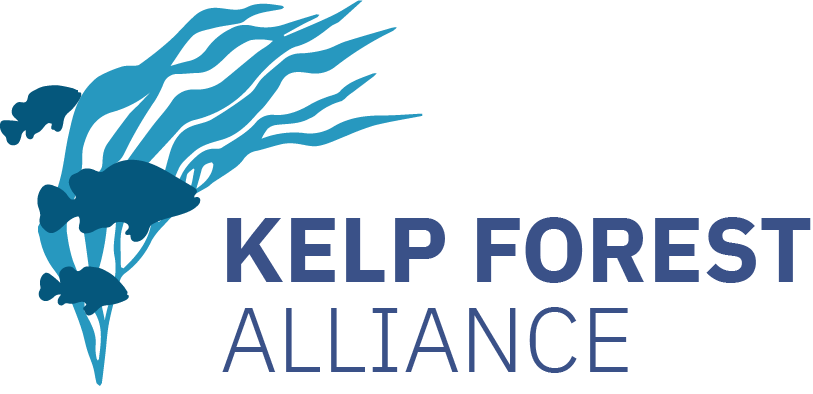Restoration Objective:
This study examined the successional change in macroalgae biomass on an artificial reef. It also tested the competitive relationship between S. horneri and perennial Sargassum species. The aim of the kelp bed restoration generally was to expand profitable kelp habitat.
Site Selection Criteria:
The artificial reef was constructed next to a natural reef containing Sargassum in order to accelerate colonisation.
Key Reasons For Decline:
Unspecified
Scientific Paper
Subtidal macroalgal succession and competition between the annual, Sargassum horneri, and the perennials, Sargassum patens and Sargassum piluliferum, on an artificial reef in Wakasa Bay, Japan
Fisheries science, Vol. 85.
https://doi.org/10.1007/s12562-018-1263-9


